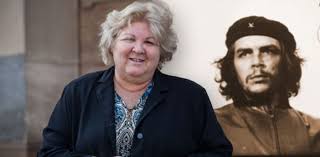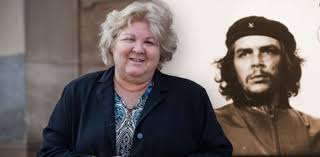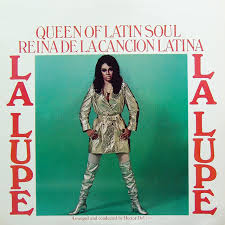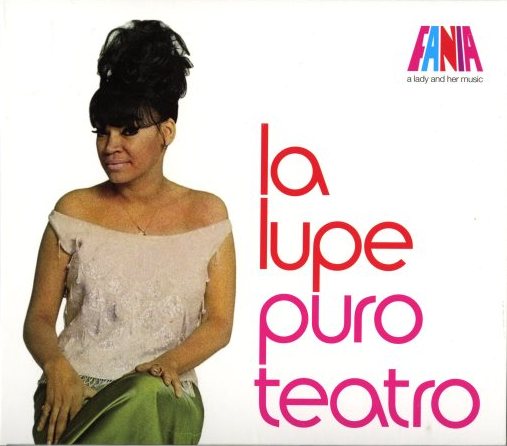
CUBA HOY: COMO SE ENRIQUECEN LOS DESCENDIENTES DEL CHE GUEVARA. PHOTOS.
La situación contrasta con la imagen de austeridad y ciudadana común que la comunista intenta proyectar en entrevistas y propaganda oficial.
LIMA, Perú – La defensora del régimen cubano e hija del Che Guevara, Aleida Guevara March, fue captada en cámara este fin de semana mientras compraba en una tienda en dólares de La Habana. La situación contrasta con la imagen de austeridad y ciudadana común que la comunista intenta proyectar en entrevistas y la propaganda castrista.

Mercado en dólares de 3ra y 70 / Aleida Guevara (Fotos: Cubanet / Mario Pentón)
Guevara March, quien es médico pediatra retirada, reconoció en julio de 2024 que su salario es de poco más de 4.000 pesos (aproximadamente 10 dólares en el mercado informal), el cual en el contexto actual cubano, es insuficiente para comprar la canasta básica de una persona.
“Un queso te cuesta 7.000 (17 dólares), un cartón de huevos llegó a costar 3.000 (7 dólares), ahora está bajando. Pero dime, o como huevo o hago otra cosa, pero todo no puedo, no es posible”, señaló entonces la vocera de la dictadura, cuyo origen y vínculos con los Castro le permiten una vida de privilegios y viajes fuera de la Isla.
En este momento la situación económica en Cuba es “muy, muy difícil”, agregó Guevara March durante una entrevista con el espacio comunicacional Voces en Lucha, procurando una imagen de persona asalariada que atraviesa las mismas vicisitudes del pueblo.
“El salario que percibimos los trabajadores del Estado no da para vivir y eso es un serio problema en una sociedad socialista. Hay que resolver eso. No sé si aumentando el salario. Creo que no, lo correcto sería controlar los precios”, aseguró.
El periodista Mario Pentón publicó las imágenes de Guevara March en el mercado de 3ra y 70 donde se le ve interactuando con otros compradores en el área de cárnicos.
Captada en cámara: hija del Che Guevara comprando en tienda en dólares de La Habana
En mayo del 2024 la hija del Che también ofreció declaraciones sobre el sector privado en Cuba y los riesgos que en su opinión encierran las micro, pequeñas y medianas empresas (mipymes) del país que importan en moneda extranjera y venden a altos precios.
“Alguna gente dice: ‘pero si se controlan los precios las mipymes dejarían de importar’. ¡Bueno pues que dejen de importar! Si nosotros cuando el período especial vivimos sin esas importaciones y vivimos mejor en ese sentido. Todos teníamos carencias, todos teníamos necesidad, pero era parejo”, destacó.
Guevara March batalla contra las desigualdades en la Isla, por décadas una quimera del sistema comunista en Cuba. Ante esa realidad, la doctora pediatra prefiere estandarizar la miseria y carencias en la Isla. En ese sentido, alertó que el sector privado en la Isla es fuente de divergencias.
“Estas actividades están creando problemas porque muchas veces importan directamente bienes comprados en dólares, que convertidos a pesos cuestan demasiado para el pueblo cubano”, explicó.
El caso pone en evidencia una vez más los privilegios de la cúpula castrista y sus aliados. En una investigación realizada semanas atrás por Cubanet se reveló que los negocios que la familia de Aleida administra desde La Habana forman parte de un emporio comercial internacional bajo la marca “Che Guevara”. Empresas que abarcan desde ropa y bebidas hasta cafeterías y franquicias, además de millonarios acuerdos editoriales con grupos extranjeros.

CUBA TODAY: HOW CHE GUEVARA’S DESCENDANTS GET RICH. PHOTOS.
The situation contrasts with the image of austerity and ordinary citizenship that the communist tries to project in interviews and official propaganda.
LIMA, Peru – Aleida Guevara March, a defender of the Cuban regime and daughter of Che Guevara, was caught on camera this weekend while shopping in a dollar store in Havana. The situation contrasts with the image of austerity and ordinary citizenship that the communist tries to project in interviews and Castro’s propaganda.
Market in 3rd and 70th-digit dollars / Aleida Guevara (Photos: Cubanet / Mario Pentón)
Guevara March, a retired pediatrician, acknowledged in July 2024 that her salary is just over 4,000 pesos (approximately $10 in the informal market), which, in the current Cuban context, is insufficient to buy a person’s basic food basket.
“A cheese costs you 7,000 ($17), a carton of eggs used to cost 3,000 ($7), now it’s going down. But tell me, either I eat eggs or I do something else, but I can’t do everything, it’s not possible,” said the spokesperson for the dictatorship, whose origins and ties to the Castros allow her a life of privilege and travel outside the island.
Right now, the economic situation in Cuba is “very, very difficult,” Guevara March added during an interview with the media program Voces en Lucha, seeking to portray a salaried person experiencing the same hardships as the people.
“The salary we state workers receive isn’t enough to live on, and that’s a serious problem in a socialist society. We have to solve that. I don’t know if we should raise salaries. I don’t think so; the right thing to do would be to control prices,” she asserted.
Journalist Mario Pentón published images of Guevara March at the market on 3rd and 70th Streets, where he is seen interacting with other shoppers in the meat section.
Caught on camera: Che Guevara’s daughter shopping at a dollar store in Havana
In May 2024, Che Guevara’s daughter also offered statements about the private sector in Cuba and the risks she believes posed by the country’s micro, small, and medium-sized enterprises (MSMEs) that import in foreign currency and sell at high prices.
“Some people say: ‘But if prices were controlled, MSMEs would stop importing.’ Well, then let them stop importing! We lived without those imports during the Special Period, and we lived better in that sense. We all had shortages, we all had needs, but it was equal,” she emphasized.
Guevara March fights against inequalities on the island, for decades a pipe dream of Cuba’s communist system. Faced with this reality, the pediatrician prefers to standardize the misery and deprivation on the island. In this sense, she warned that the private sector on the island is a source of disagreement.
“These activities are creating problems because they often directly import goods purchased in dollars, which, when converted to pesos, cost too much for the Cuban people,” she explained.
The case once again highlights the privileges of the Castro leadership and its allies. An investigation conducted weeks ago by Cubanet revealed that the businesses Aleida’s family manages from Havana are part of an international commercial empire under the “Che Guevara” brand. These companies range from clothing and beverages to cafes and franchises, in addition to multimillion-dollar publishing deals with foreign groups.

Agencies/ Cubanet/M.Penton/ Internet Photos/ www.thecubanhistory.com
THE CUBAN HISTORY, HOLLYWOOD.











